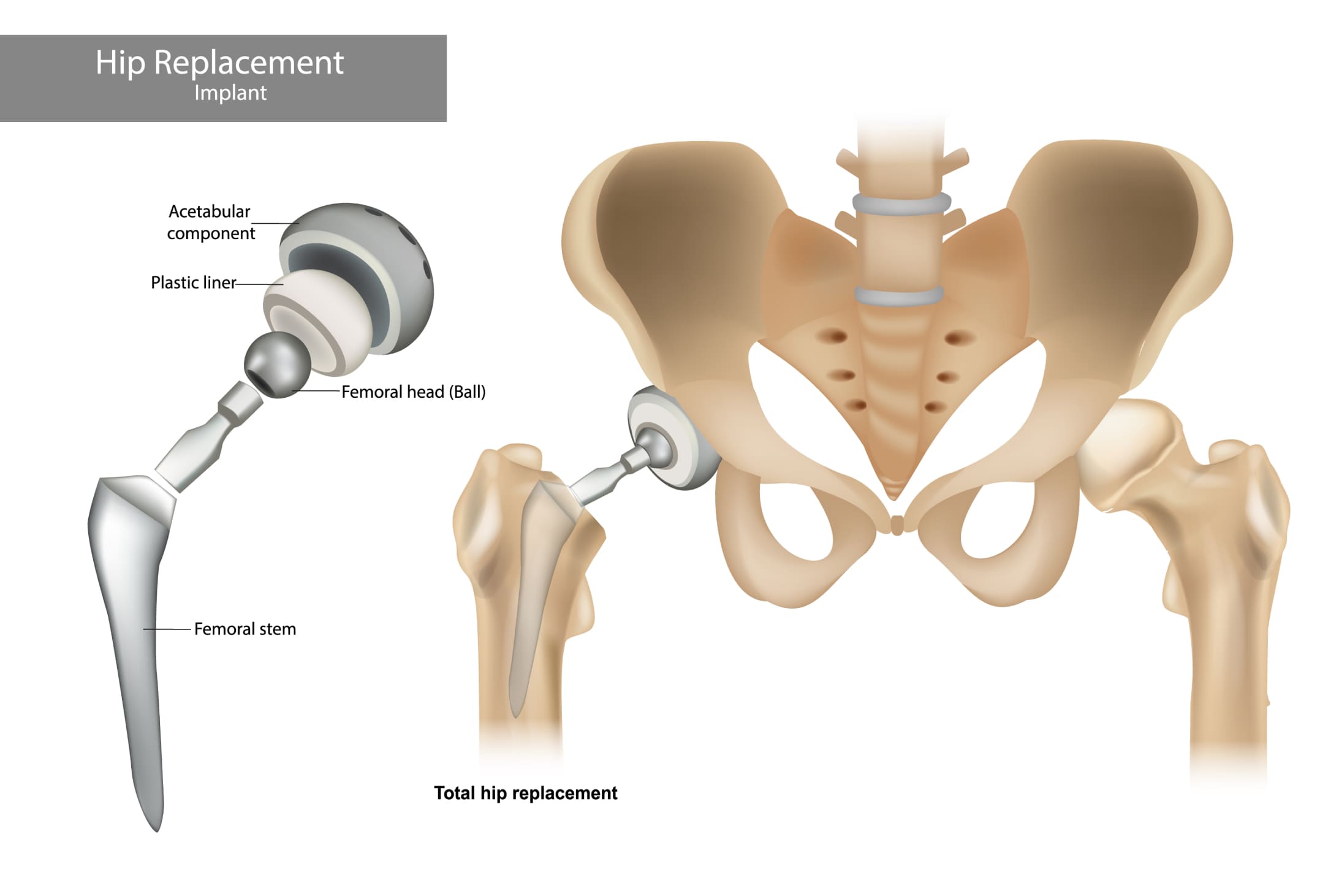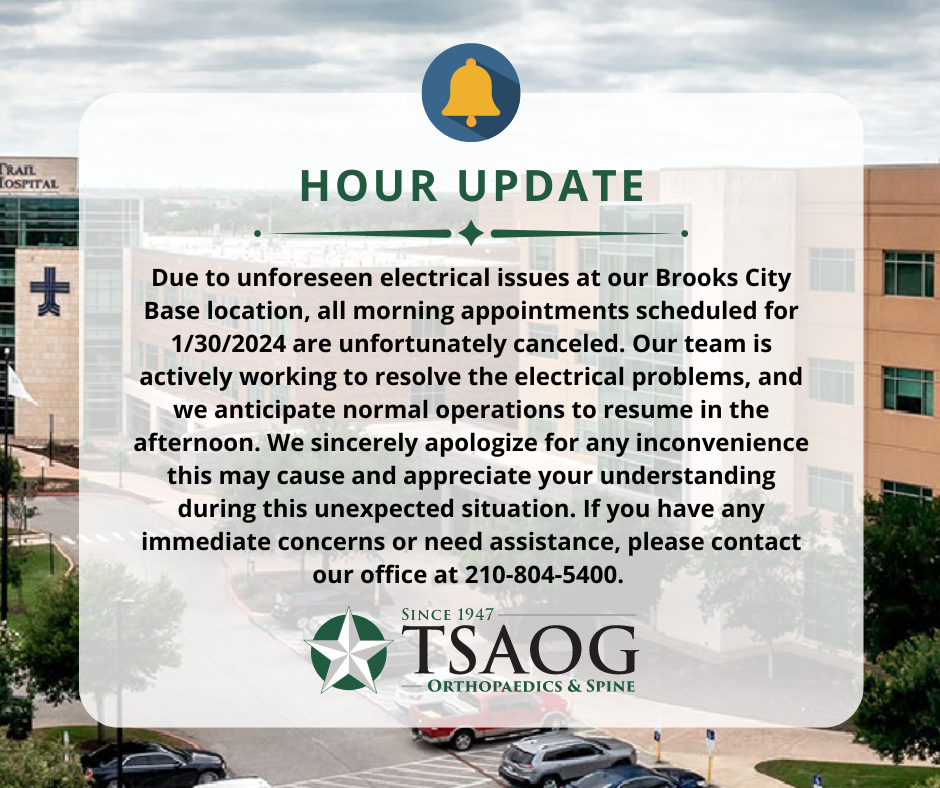Reviewed by: Justin Robbins, M.D.
Bunions, also known as hallux valgus, are bony deformities that occur at the inner aspect of the big toe. This deformity can begin to cause discomfort and mobility issues, impacting daily life for many individuals. Fortunately, advancements in medical technology have introduced minimally invasive bunion surgery as an alternative to traditional methods. In this blog, we will receive details of the minimally invasive bunion surgery, its benefits, and what patients can expect from the procedure.
What is minimally invasive surgery for bunions?
Minimally invasive surgery for bunions is a surgical approach aimed at correcting bunions with less tissue damage and a quicker recovery compared to traditional bunion surgery. The procedure allows for the correction of a patient’s bunion through small incisions as opposed to one or two large incisions. Although the incisions are smaller, the bones will still be cut and metallic hardware will need to be placed in order to hold the bones in the correct position to heal and correct the patient’s bunion.
How does minimally invasive surgery for bunions work?
Minimally invasive bunion surgery employs specialized techniques and instruments to correct the bunion deformity. The procedure is conducted through 4-5 small stab incisions where the surgeon will use a water-cooled burr to cut the patient’s bones. Using this water-cooled system helps minimize tissue trauma compared to traditional bunion surgery where large incisions are made, and a saw blade is used to cut the bone.
Once the bone has been cut and the bone is shifted into alignment, the surgeon will use screws to stabilize the bone to maintain its corrected position during the healing process. These screws are inserted through small incisions. This process will potentially allow for a quicker postoperative recovery and less scarring. In many cases, patients are able to bear weight immediately.
When is minimally invasive surgery for bunions necessary?
Physicians will deem surgery necessary when patients have exhausted all conservative treatment options such as medications, altered their activities, and/or wearing wider-toe box shoes; if these measures fail to provide adequate relief and the patient’s symptoms persist or worsen over time, surgery may be necessary. It’s important to note that not all bunions are suitable for minimally invasive surgery, and the decision to pursue this approach will vary from patient to patient.
Benefits of Minimally Invasive Surgery for Bunions
Minimally invasive bunion surgery offers several benefits. Below is a list of potential benefits of the procedure:
- Faster Recovery: Minimally invasive techniques typically allow patients to return to normal activities sooner compared to traditional surgery.
- Reduced Pain: With smaller incisions and less disruption to tissues, patients often experience less pain during the recovery process.
- Minimal Scarring: The smaller incisions used in minimally invasive surgery result in less noticeable scarring compared to traditional methods.
- Improved Cosmetic Outcome: Minimally invasive techniques can lead to a more aesthetically pleasing result, with smaller scars and less tissue trauma.
Ultimately, the choice to have minimally invasive bunion surgery depends on factors such as the severity of the bunion, individual patient preferences, and the expertise of the surgeon. It’s essential to consult with a qualified orthopedic surgeon to discuss the available options, potential risks and benefits, and determine the most appropriate approach based on your specific needs and circumstances.
What to expect after minimally invasive bunion surgery?
After bunion surgery, it’s normal to experience a range of sensations and feelings as your body begins the healing process. As long as the patient has good bone quality, patients are often able to walk immediately on their heel for the first 2 weeks in a surgical shoe that is given to them after surgery. They are then transitioned to weight-bearing on their entire foot at 2 weeks after surgery once their stitches are removed. Typically, 6 weeks after surgery, patients are back in regular athletic shoes. Low-impact activities like walking, biking, or elliptical can be started. It is normal for patients to experience swelling between 6 months to 1 year after surgery, but this approach allows patients to return to their normal activities with greater comfort and mobility.
What does recovery look like?
The recovery process will vary from patient to patient. When recovering from bunion surgery, whether traditional or minimally invasive, patients should expect postoperative pain, swelling, bruising, as well as activity restrictions. Though this approach allows a faster return to full weight-bearing on the foot and minimal loss of motion of the big toe as the joint itself is not affected during the surgery; the recovery process will require patience, adherence to postoperative instructions, and proper care to ensure optimal healing. It’s essential to follow your surgeon’s personalized recommendations and guidelines for the best possible outcome. While the immediate postoperative period may be challenging, knowing that you’re taking steps to address the underlying issue can bring a sense of hope and optimism for the future.
If you are considering bunion surgery, the Foot and Ankle specialist Dr. Justin Robbins at TSAOG Orthopaedics & Spine can help diagnose your condition and provide treatment options to deal with your pain. TSAOG offers experienced providers to help aid in your care that include in-house x-ray, casting, and physical therapy. Schedule an appointment using our self-scheduler today.











